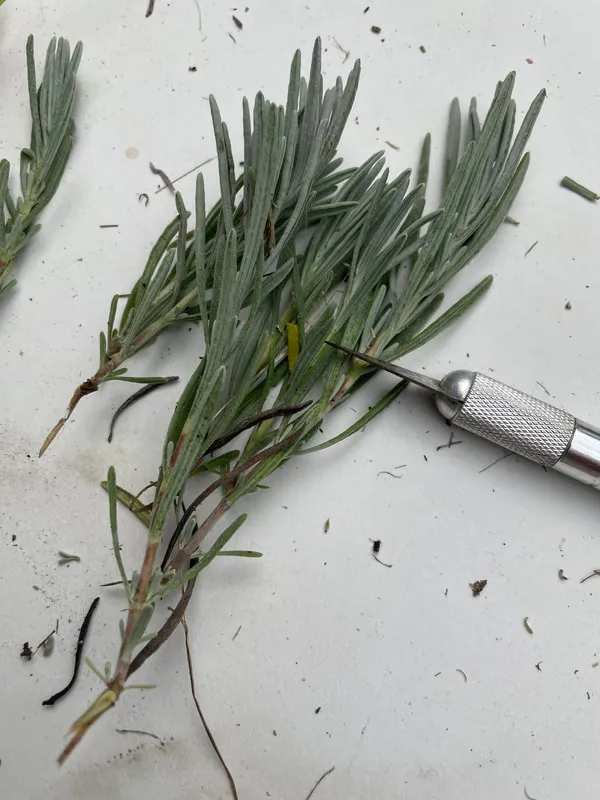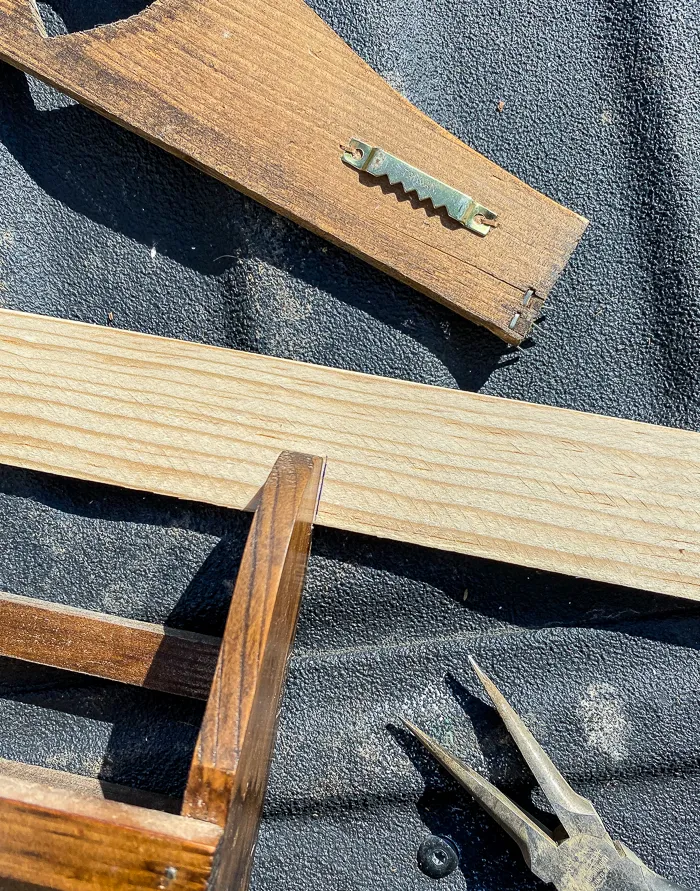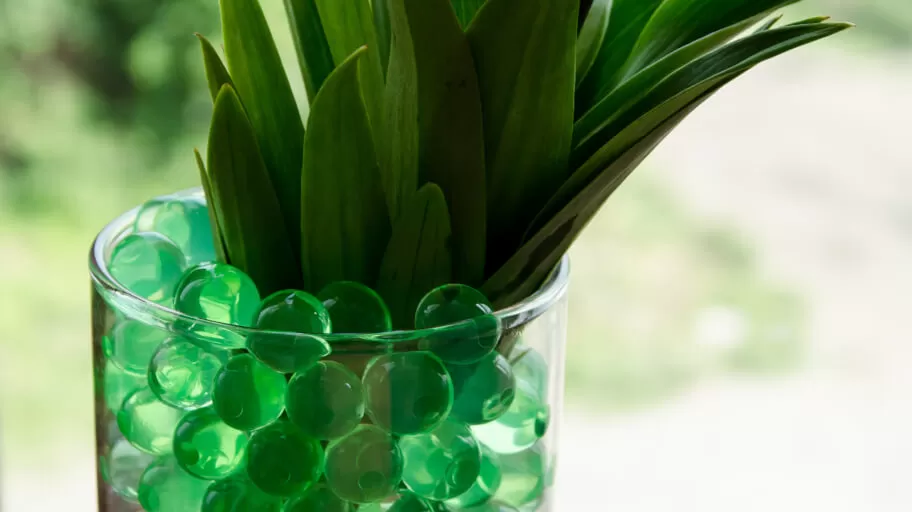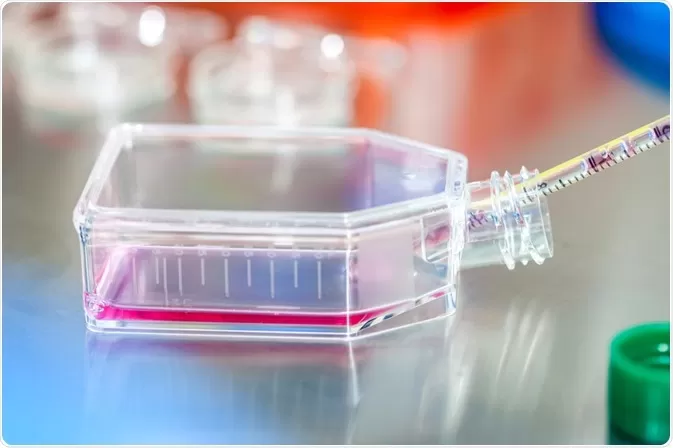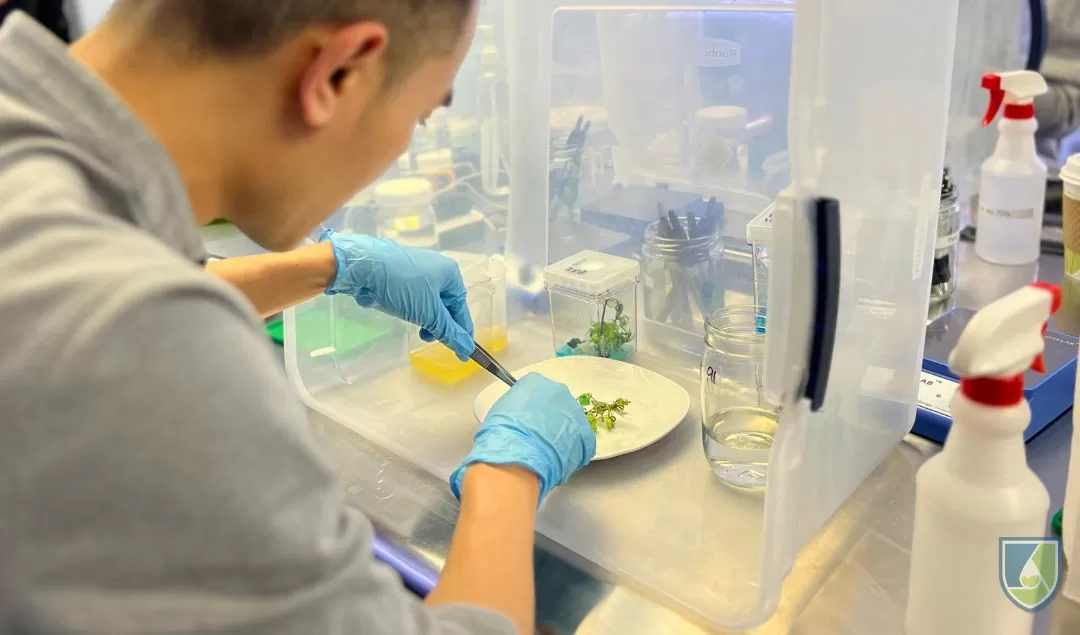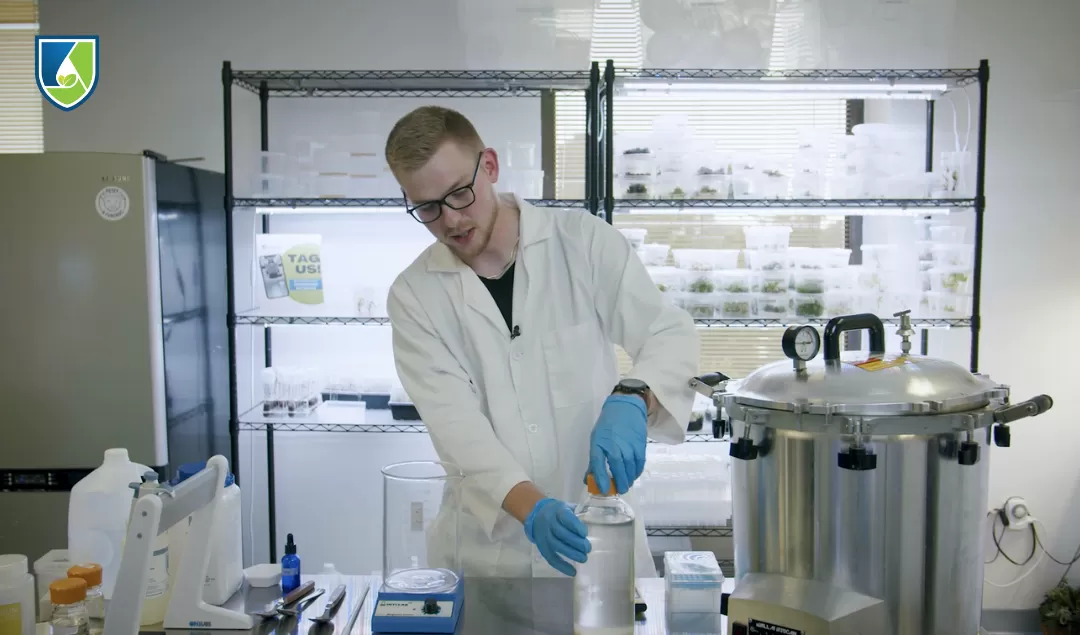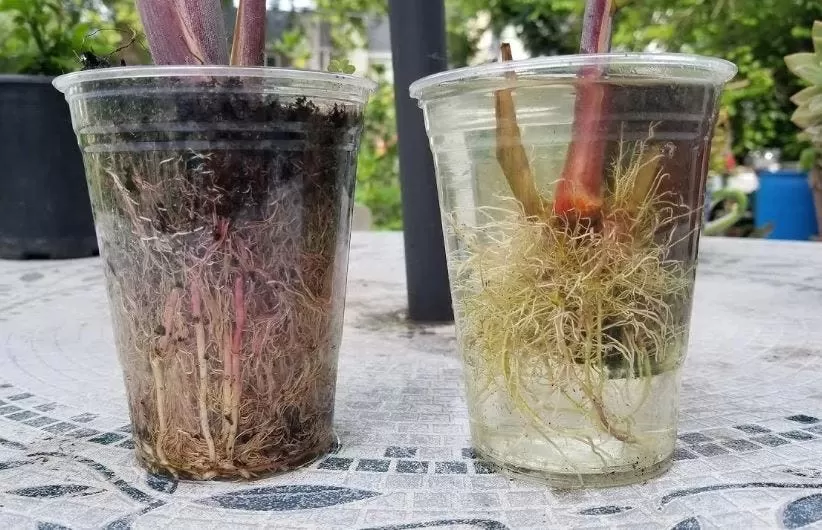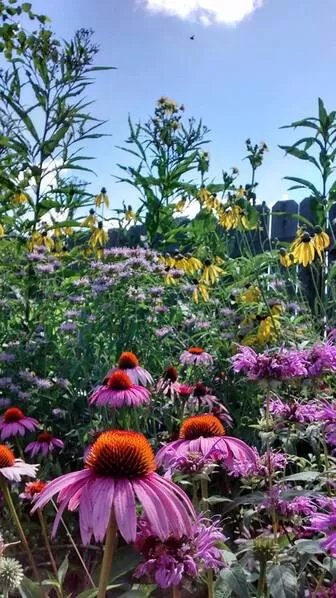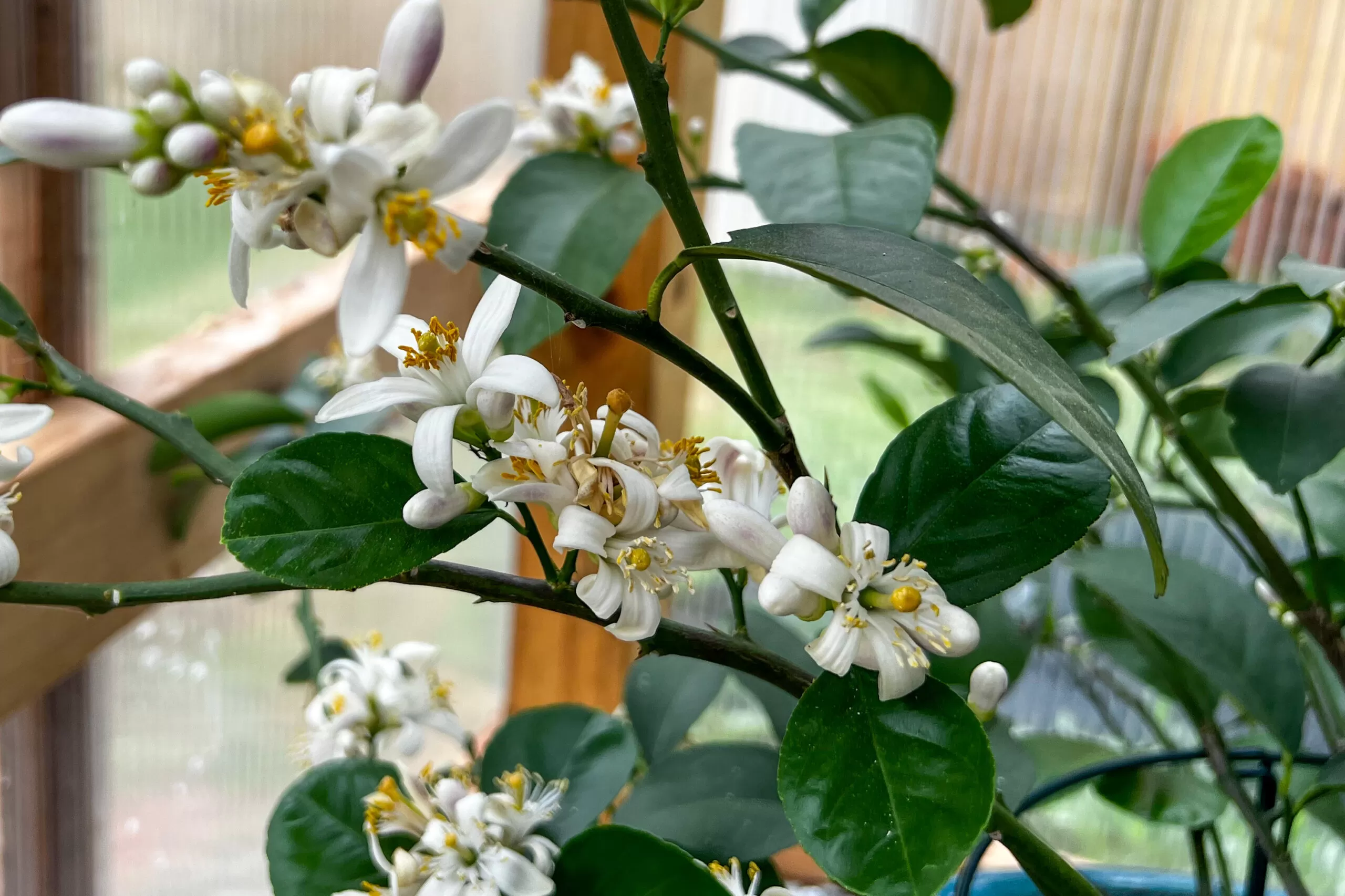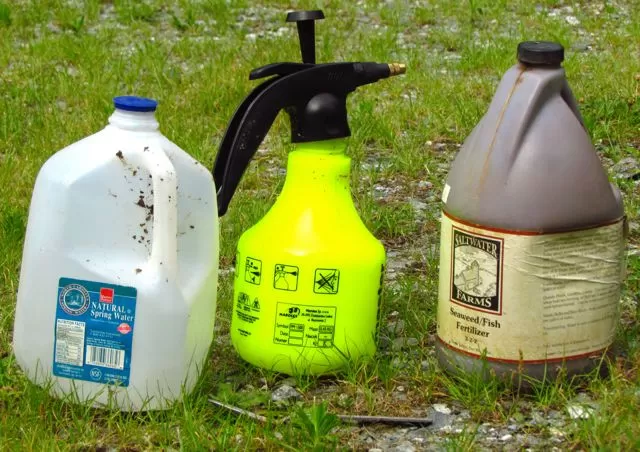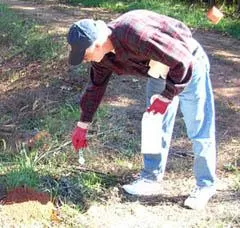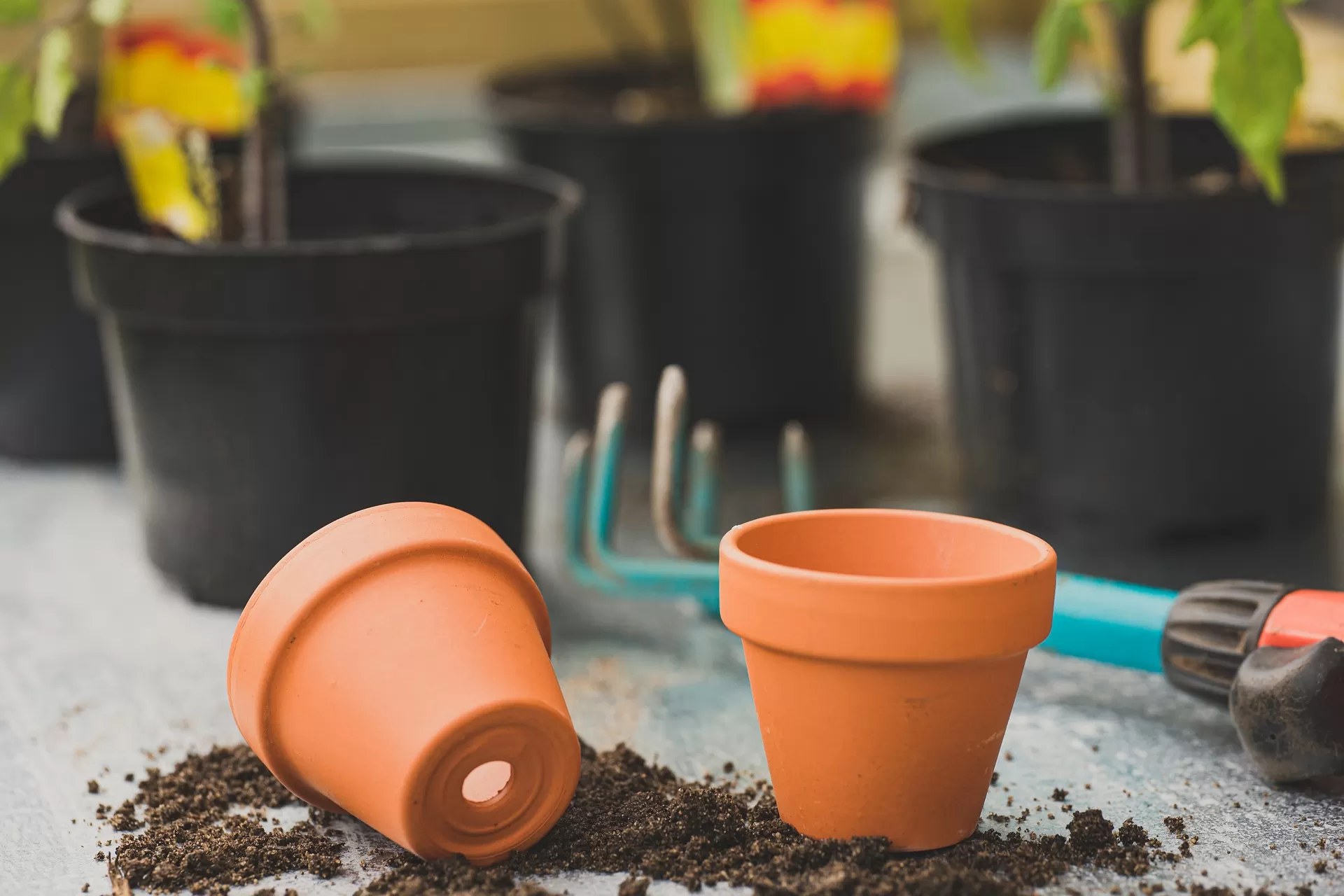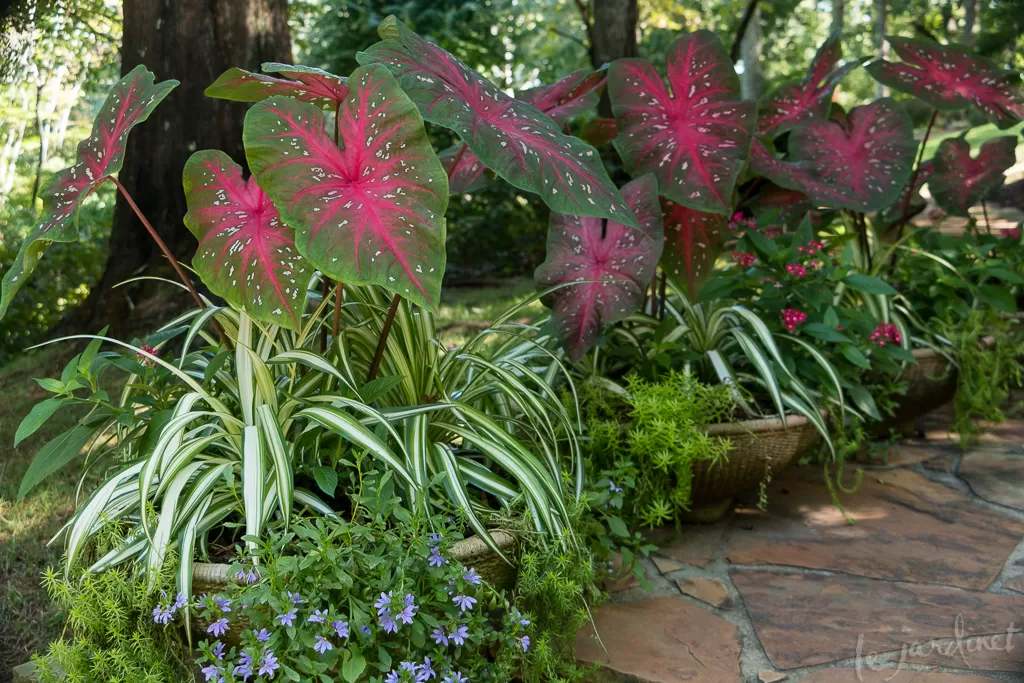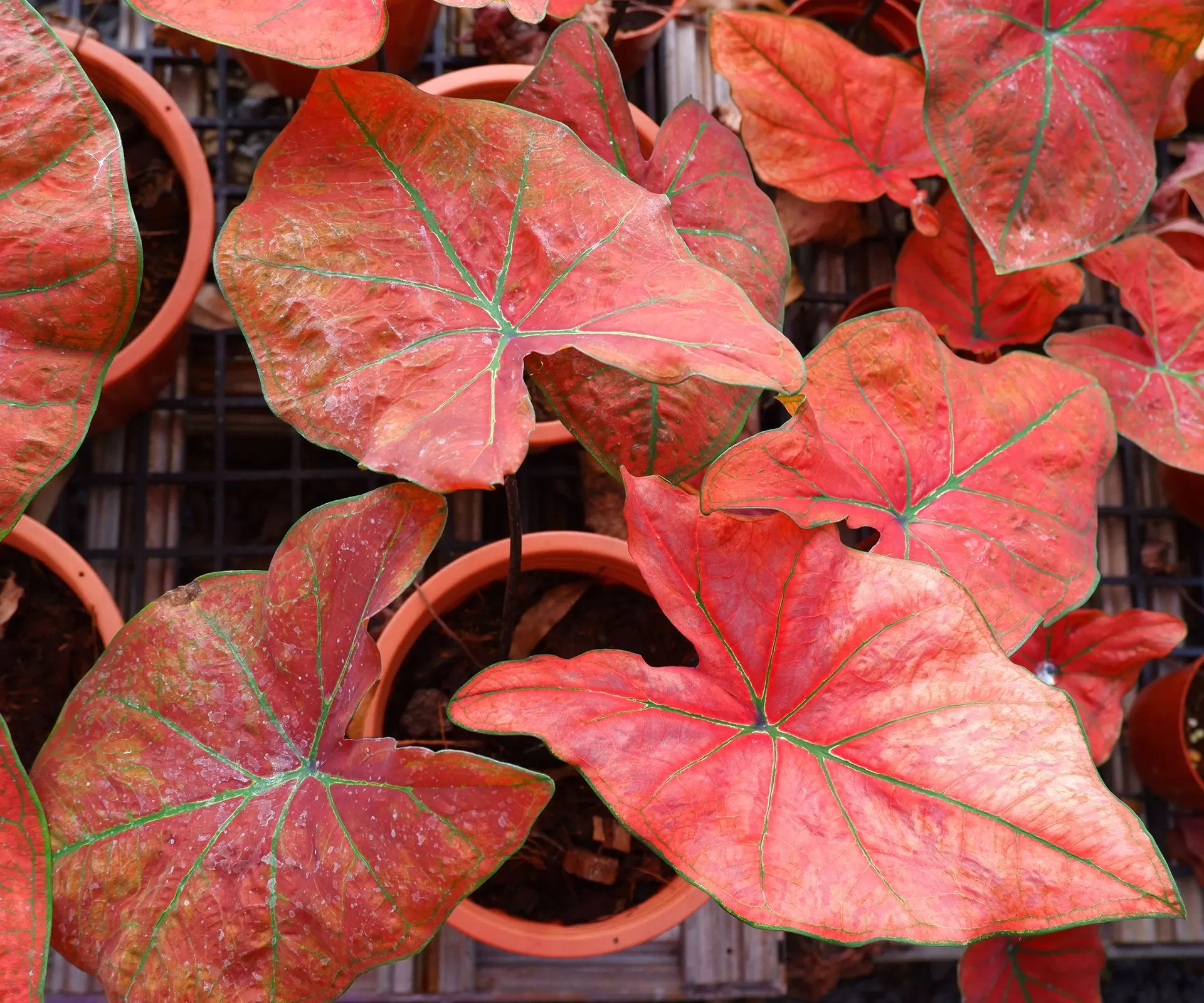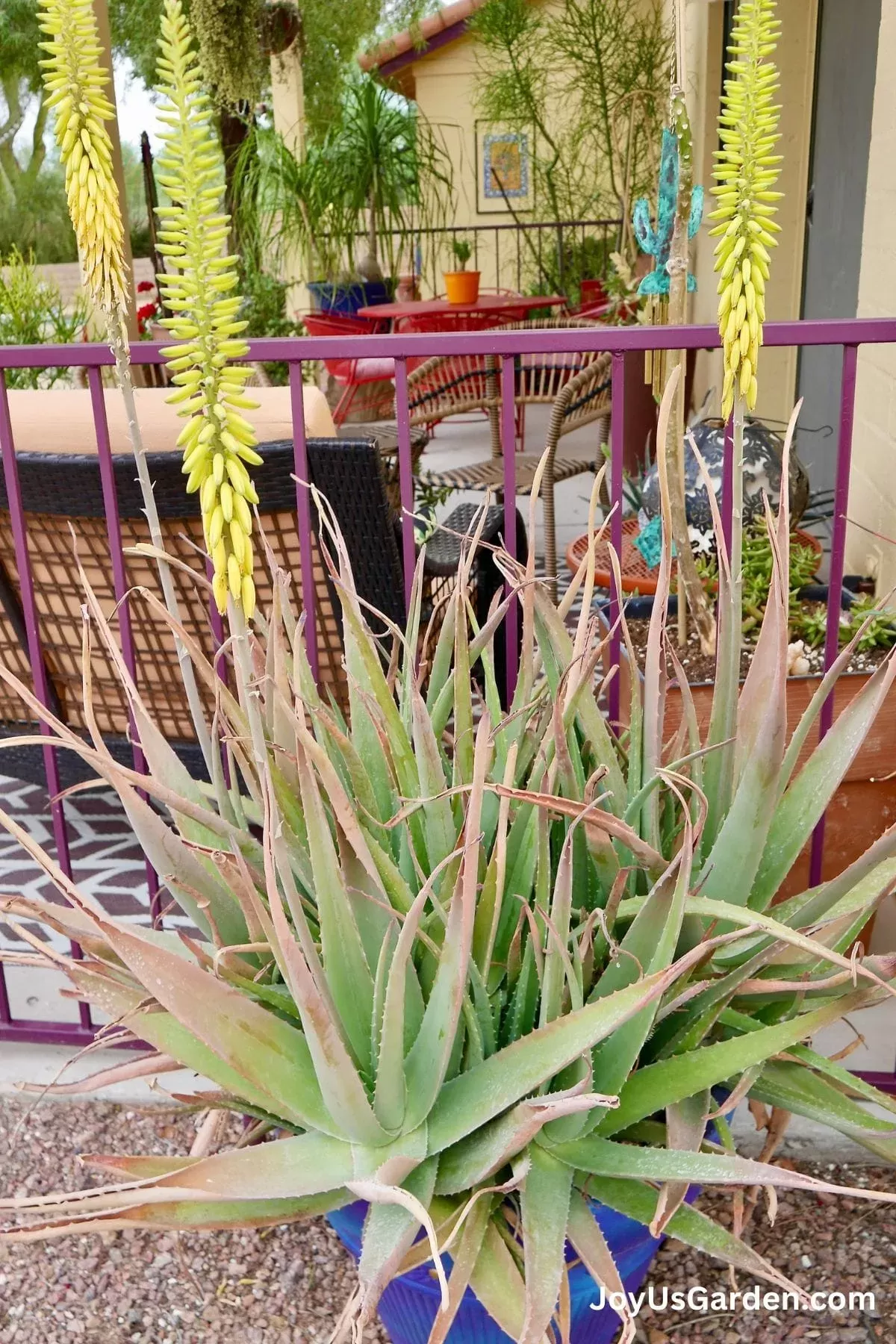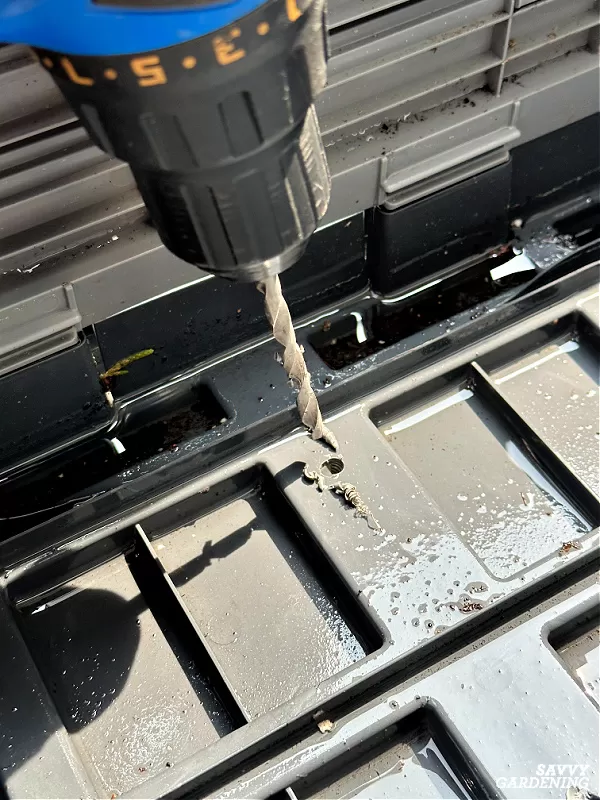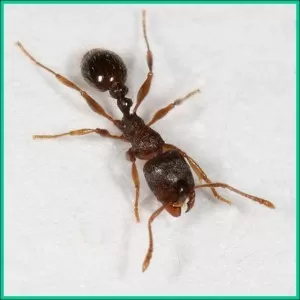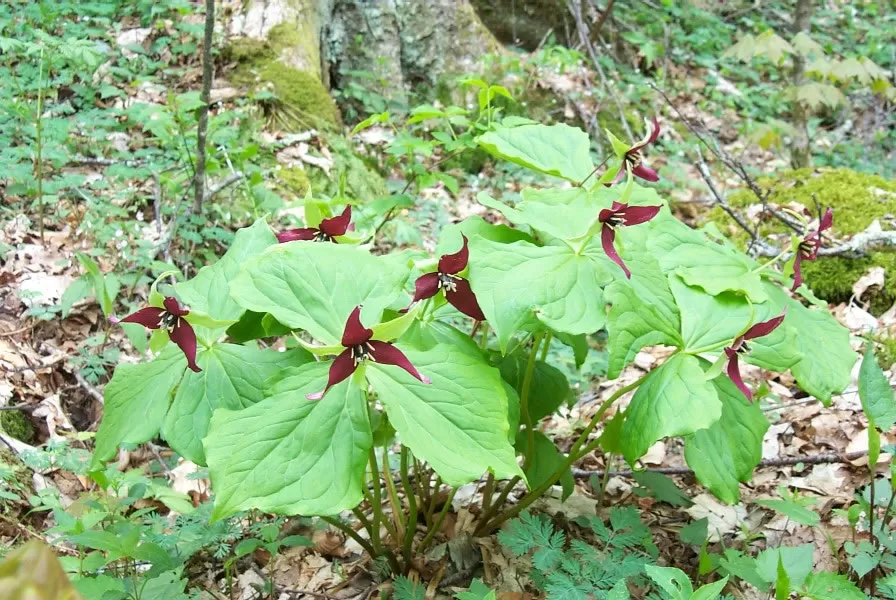- Turn one favorite plant into many through simple propagation.
- Discover easy water and soil rooting techniques perfect for beginners.
- Learn which common houseplants and herbs are the easiest to propagate.
- Save money and share the joy of gardening by growing plants from cuttings.
- See how simple tools and everyday containers can become a propagation station.
Have you ever wandered through a friend’s home, admiring their sprawling collection of vibrant green plants, and wondered how they managed to cultivate such an indoor jungle? Perhaps you dream of filling your own space with lush foliage but worry about the cost. The secret isn’t always a hefty budget; often, it’s knowing how to propagate! Propagation is the magical process of creating new plants from existing ones, and it’s surprisingly simple, especially with easy-to-root species. Whether you’re curious about using test‑tube propagation methods for a chic display or just want more green friends, this guide is for you. Let’s dive into the wonderful world of growing plants from cuttings and turn your home into the leafy haven you’ve always wanted.
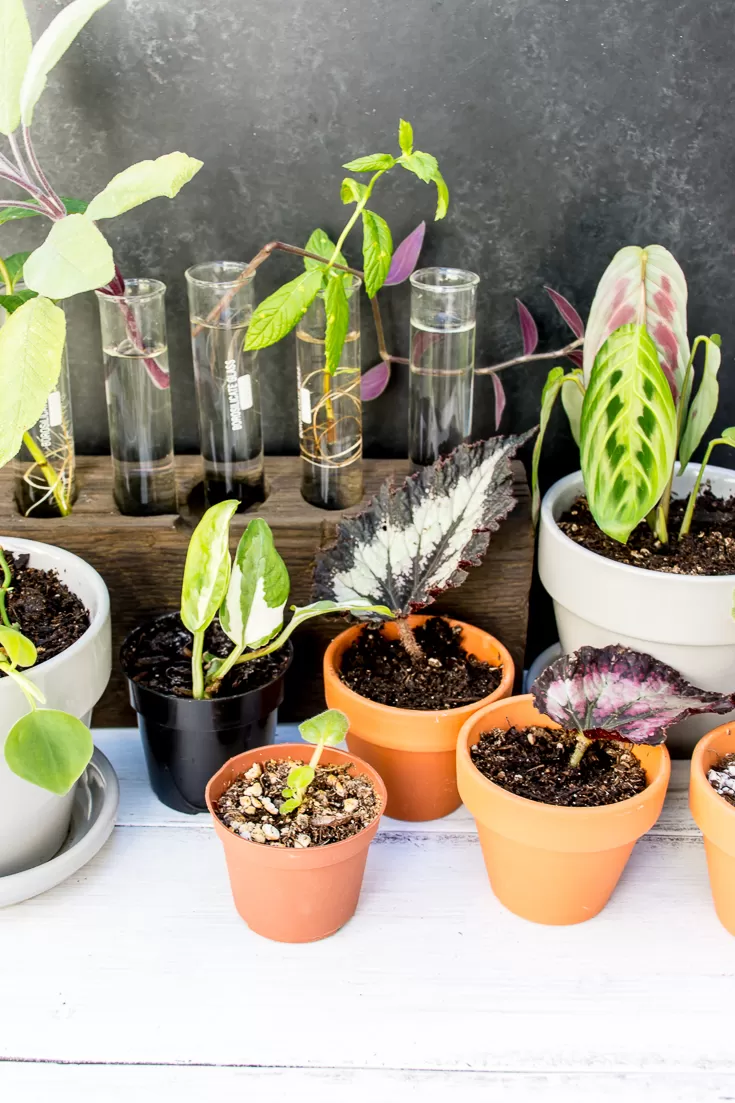 A collection of plant cuttings in various glass containers, showcasing easy water propagation methods
A collection of plant cuttings in various glass containers, showcasing easy water propagation methods
Beyond expanding your own collection, sharing plant cuttings is a time-honored tradition that connects gardeners and spreads the beauty of nature. It’s a delightful way to swap favorites, bond over shared interests, and populate homes around the globe with beloved green companions. And let’s be honest, spotting a coveted plant and knowing you can potentially grow your own from a small piece is incredibly rewarding. While we would never encourage taking cuttings from plants for sale (that’s a definite no-no!), a small snip from a mature, well-established plant in a common area that won’t be harmed is a different story. That vibrant sage growing freely in an alley? Perfect candidate!
 An overhead view of several plant cuttings rooting in water in various glass jars and bottles
An overhead view of several plant cuttings rooting in water in various glass jars and bottles
Contents
- Easy Plant Propagation: Simple Steps to More Green
- Rooting in Water: The Magic of Seeing Roots Grow
- Pothos / Devil’s Ivy
- Heart-Leaf Philodendron
- African Violet
- Spider Plant
- Wandering Jew (Tradescantia)
- Prayer Plant (Maranta leuconeura)
- Christmas Cactus
- Begonia
- Herbs
- Rooting in Soil: A Different Path to New Life
- Grow Your Own Little Garden
Easy Plant Propagation: Simple Steps to More Green
Propagating doesn’t have to be complicated! For many popular plants, all you need is water, some basic potting soil, and small containers. Forget about expensive rooting hormones, fancy growing mediums, or fussy moss beds. We’re focusing on techniques that are accessible and effective, perfect for beginners and seasoned plant lovers alike.
While I personally love showcasing my cuttings in test tubes – they make for a really stylish propagation station – any small glass jars, bottles, or even old food containers work perfectly for water rooting. For transferring rooted cuttings or starting others directly in soil, simple terracotta or plastic pots are ideal. Just make sure they have drainage holes to prevent soggy roots!
 A display shelf featuring several glass test tubes and bottles used as propagation vessels for plant cuttings
A display shelf featuring several glass test tubes and bottles used as propagation vessels for plant cuttings
The only essential tool you’ll really need is something clean and sharp to take your cuttings. Garden pruners or shears are great, but a clean pair of sharp scissors or a utility knife will do the job just as well. Clean cuts heal faster and reduce the risk of disease.
 A close-up shot showing pruning shears and a plant cutting, ready for propagation
A close-up shot showing pruning shears and a plant cutting, ready for propagation
Rooting in Water: The Magic of Seeing Roots Grow
One of the most satisfying ways to propagate houseplants is by rooting cuttings directly in water. It’s fascinating to watch the roots emerge and grow longer day by day. For many common varieties, this method is as simple as taking a cutting, placing it in water, waiting for roots to develop, and then potting it up in soil.
- Keep the water clean – change it every week or two.
- Place your propagation station in a location with bright, indirect sunlight.
- Once roots are about 1-2 inches long (or longer, depending on the plant), they’re ready for soil.
- Alternatively, many water-rooted plants can live in water indefinitely if you keep the water level consistent and add a touch of liquid fertilizer occasionally.
Here are some fantastic plants that readily root in water, perfect for trying out test-tube propagation methods:
Pothos / Devil’s Ivy
These iconic trailing plants are a staple for a reason – they are incredibly forgiving and super easy to multiply. Look for fascinating varieties with splashes of white, yellow, or silver! When taking a cutting, locate the small bumps or nodes along the stem. These are crucial, as this is where the new roots will emerge. Ensure at least one node is submerged in the water.
- Scientific Name: Epipremnum aureum
- Common Name: Pothos, Devil’s Ivy, Golden Pothos
- Zone: Indoors (typically grown as a houseplant)
- Light: Low to bright indirect light
- Humidity: Average indoor humidity
- Water: Allow soil to dry between waterings (after potting)
 A variegated Pothos plant in a black pot, grown from a cutting, demonstrating successful water propagation
A variegated Pothos plant in a black pot, grown from a cutting, demonstrating successful water propagation
Heart-Leaf Philodendron
Often confused with Pothos due to their trailing habit, these beauties are distinct with their perfect heart-shaped leaves. Silvery-spotted varieties are particularly striking. Like Pothos, they root extremely well in water. Look for the tiny aerial roots or nodes and make sure they are submerged in the water.
- Scientific Name: Philodendron hederaceum
- Common Name: Heart-leaf Philodendron
- Zone: Indoors (typically grown as a houseplant)
- Light: Low to bright indirect light
- Humidity: Average to high humidity
- Water: Allow top inch of soil to dry between waterings (after potting)
 Close-up of Heart-leaf Philodendron cuttings rooting in water in small glass containers
Close-up of Heart-leaf Philodendron cuttings rooting in water in small glass containers
African Violet
These charming flowering plants offer a slightly different water propagation method. Instead of a stem cutting, you’ll root a leaf! Cut a healthy leaf with about a half-inch of stem attached, making a 45-degree angle cut. The key is to keep the fuzzy leaf blade out of the water to prevent rot. You can use a narrow-necked bottle or cover a jar with plastic wrap and poke the stem through. Be patient; African violets can take a little longer to root than other plants. Once roots appear (even just a quarter-inch), pot the leaf stem in soil. A small plantlet will eventually grow from the base of the leaf stem.
- Scientific Name: Saintpaulia spp.
- Common Name: African Violet
- Zone: Indoors (typically grown as a houseplant)
- Light: Bright, indirect light
- Humidity: Moderate to high humidity
- Water: Water from the bottom or avoid getting leaves wet; keep soil consistently moist but not soggy (after potting)
 A small African Violet plantlet growing from a leaf cutting in a small pot, demonstrating successful African violet propagation
A small African Violet plantlet growing from a leaf cutting in a small pot, demonstrating successful African violet propagation
Spider Plant
Spider plants are famous for their “spiderettes” or “pups” – miniature versions of the mother plant that grow on long stems. Propagating them is arguably the easiest method on this list! Simply snip off a spiderette (those with tiny roots already showing have the highest success rate) and pop it in water. Roots will quickly develop, and you’ll have a new plant ready to pot in no time.
- Scientific Name: Chlorophytum comosum
- Common Name: Spider Plant, Spider Ivy, Airplane Plant
- Zone: Indoors (typically grown as a houseplant)
- Light: Bright to moderate indirect light
- Humidity: Average indoor humidity
- Water: Keep soil consistently moist but not soggy; allow top inch to dry between waterings (after potting)
 A Spider Plant spiderette (baby plant) suspended above water in a glass jar, ready for root development
A Spider Plant spiderette (baby plant) suspended above water in a glass jar, ready for root development
Wandering Jew (Tradescantia)
(Note: This plant is also known by less offensive names like Wandering Dude, Inch Plant, or Spiderwort). These vibrant, fast-growing plants come in stunning colors and patterns. They root incredibly easily in water. Like Pothos and Philodendron, roots tend to emerge from the nodes, or the joints between leaf segments. Ensure at least one node is submerged. They grow so quickly, you can take cuttings and create a fuller plant in just a few weeks!
- Scientific Name: Tradescantia zebrina (and other Tradescantia species)
- Common Name: Wandering Jew, Wandering Dude, Inch Plant, Spiderwort
- Zone: Indoors (typically grown as a houseplant)
- Light: Bright indirect light for best color; can tolerate lower light
- Humidity: Average to high humidity
- Water: Keep soil consistently moist; do not let it dry out completely (after potting)
Prayer Plant (Maranta leuconeura)
Known for their striking patterns and fascinating habit of folding their leaves upwards at night, Prayer Plants can also be propagated in water. While a single leaf can sometimes root, you’ll have much better success with a cutting that includes a leaf joint or node. Submerge the node, and watch those impressive roots develop within a couple of weeks.
- Scientific Name: Maranta leuconeura
- Common Name: Prayer Plant, Herringbone Plant
- Zone: Indoors (typically grown as a houseplant)
- Light: Low to bright indirect light
- Humidity: High humidity is essential
- Water: Keep soil consistently moist; use distilled or filtered water to avoid leaf tip burn (after potting)
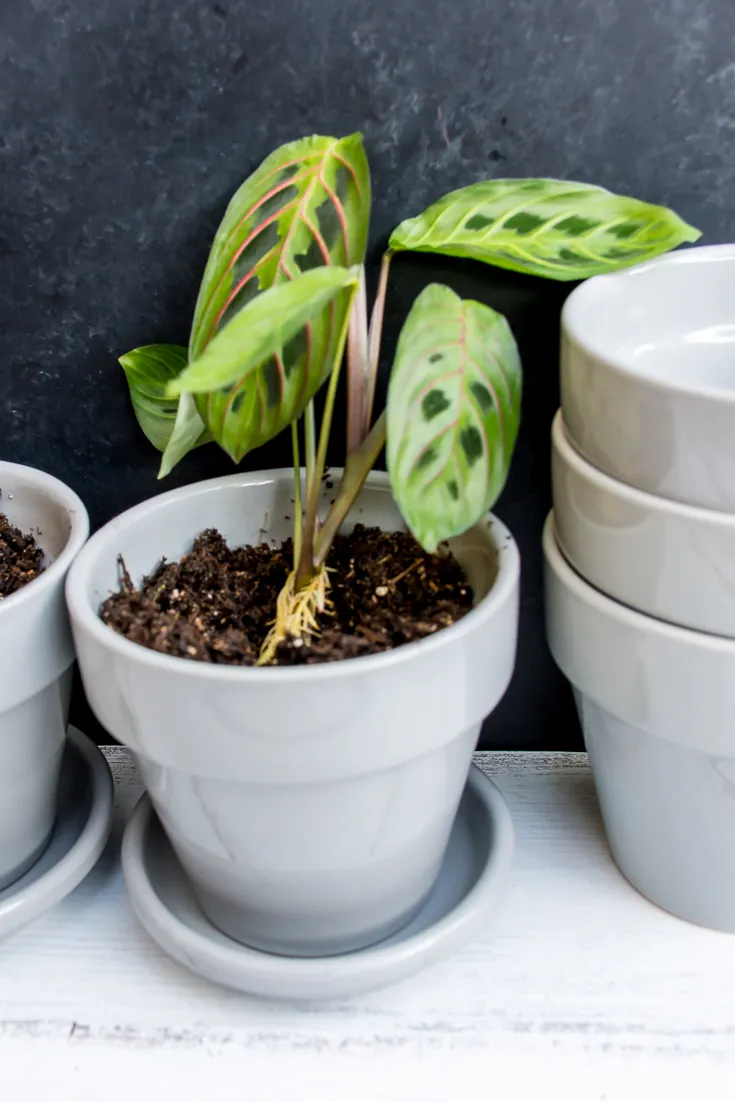 A Prayer Plant cutting rooting in water in a glass container, showing developing roots
A Prayer Plant cutting rooting in water in a glass container, showing developing roots
Christmas Cactus
You don’t have to wait until the holidays to propagate this festive succulent! A single leaf segment can root in water, but using larger sections (like those that might accidentally break off the mother plant) will give you a more substantial new plant faster.
- Scientific Name: Schlumbergera bridgesii (and other Schlumbergera species)
- Common Name: Christmas Cactus, Thanksgiving Cactus, Easter Cactus
- Zone: Indoors (typically grown as a houseplant)
- Light: Bright indirect light
- Humidity: Moderate humidity
- Water: Water thoroughly when the top inch of soil feels dry; more frequent watering than desert cacti (after potting)
Begonia
Many types of Begonias, including the colorful Rex Begonias, can be rooted from leaf cuttings in water. While they might be a little slower than Pothos or herbs, they are well worth the wait. Simply place a healthy leaf stem in water (similar to the African violet method, keeping the leaf blade dry if possible, though some varieties are more tolerant) and wait for roots to form at the base of the stem. Once rooted and transferred to soil, little plantlets will eventually emerge from the base of the leaf.
- Scientific Name: Begonia spp. (various species)
- Common Name: Begonia
- Zone: Varies by species (many grown as houseplants)
- Light: Bright indirect light
- Humidity: High humidity is often preferred
- Water: Keep soil evenly moist but not waterlogged; varies by type (after potting)
 Rex Begonia leaf cuttings rooting in water alongside other plant cuttings in glass containers
Rex Begonia leaf cuttings rooting in water alongside other plant cuttings in glass containers
Herbs
Did you know you can easily grow many culinary herbs from cuttings placed in water? This is a fantastic way to keep fresh herbs growing indoors or to multiply your favorites from the garden. Mint is notorious for rooting quickly, even if you’re not trying! Other herbs that root readily in water include sage, lavender, rosemary, thyme, oregano, basil, and marjoram. For herbs with woody stems like rosemary and thyme, choose cuttings from the softer, green tips for the best success.
- Scientific Name: Mentha spp. (Mint), Salvia officinalis (Sage), Lavandula spp. (Lavender), Salvia rosmarinus (Rosemary), Thymus vulgaris (Thyme), Origanum vulgare (Oregano), Ocimum basilicum (Basil), Origanum majorana (Marjoram)
- Common Name: Mint, Sage, Lavender, Rosemary, Thyme, Oregano, Basil, Marjoram
- Zone: Varies by species (many grown as annuals or perennials outdoors, or indoors)
- Light: Full sun to bright indirect light (indoors)
- Humidity: Average indoor humidity
- Water: Keep soil consistently moist (after potting); varies by species
Rooting in Soil: A Different Path to New Life
While watching roots develop in water is fun, many plants, especially succulents, prefer to root directly in soil. If you’re like me and enjoy the visible progress of water rooting, switching to soil might feel a bit like planting a mystery! However, it’s the standard and often most successful method for specific plant types.
Succulents are prime candidates for soil propagation, often from just a single leaf! Instead of discarding fallen succulent leaves, give propagation a try. It’s a no-loss experiment, and if it works, you gain a new plant!
For succulent leaf propagation:
- Gently twist or snap a healthy leaf from the mother plant. Ensure the base is intact without any pieces left on the stem.
- Set the leaf aside in a dry, safe spot for a few days to allow the cut end to callous over. This prevents rot.
- Place the callused leaves on top of moist soil. While succulent/cactus mix is ideal, regular potting soil can work in a pinch.
- Water by misting the surface every few days or watering lightly when the soil feels dry.
- Keep the pot in bright, indirect light.
 Succulent leaves placed on top of soil in a pot, ready for propagation
Succulent leaves placed on top of soil in a pot, ready for propagation
Patience is key with soil rooting, especially with succulents. It might take weeks or even months before you see tiny roots or a miniature plant emerging from the base of the leaf. The original leaf will eventually shrivel up and nourish the new growth. Once the new plant is about half an inch tall, it’s generally sturdy enough to be transferred to its own small pot.
 A close-up showing tiny new plantlets growing from the base of succulent leaves on soil
A close-up showing tiny new plantlets growing from the base of succulent leaves on soil
One star performer for soil propagation from leaves is the Burro’s Tail. The fleshy, bean-like segments fall off easily, and simply tossing them onto soil often results in new plants. My own large Burro’s Tail originated from cuttings from my grandmother’s plant – a true testament to the power of sharing and simple propagation! They are incredibly low-maintenance once established, thriving on infrequent watering.
- Scientific Name: Sedum morganianum
- Common Name: Burro’s Tail, Donkey’s Tail
- Zone: Indoors (typically grown as a houseplant)
- Light: Bright direct or indirect light
- Humidity: Low to average humidity
- Water: Allow soil to dry out completely between waterings; water sparingly
 A large, mature Burro's Tail succulent plant cascading over the edge of its pot
A large, mature Burro's Tail succulent plant cascading over the edge of its pot
Other succulents like Jade (Crassula ovata) and Echeveria species (those beautiful rosette forms) can also be propagated from leaves this way, but expect them to be slow growers. Thankfully, many succulents also readily produce “offshoots” or “pups” – small baby plants that grow from the base of the mother plant. Aloe plants (Aloe vera) are famous for this, often producing so many pups you’ll have plenty to share! These pups can be gently separated from the mother plant and potted directly into soil.
- Scientific Name: Crassula ovata (Jade), Echeveria spp. (Echeveria), Aloe vera (Aloe)
- Common Name: Jade Plant, Echeveria, Aloe Vera, Medicinal Aloe
- Zone: Indoors (typically grown as houseplants)
- Light: Bright direct or indirect light
- Humidity: Low to average humidity
- Water: Allow soil to dry out completely between waterings; water sparingly
There are certainly many other exciting ways to propagate plants – from air layering to division – but mastering these basic water and soil methods will open up a world of possibilities for expanding your green family!
Grow Your Own Little Garden
Stepping into the world of plant propagation is incredibly rewarding. It’s a way to deepen your connection with nature, save money, and surround yourself with the vibrant energy of growing things. Whether you’re drawn to the visual delight of test‑tube propagation methods or the simple satisfaction of a leaf turning into a new plant in soil, there’s a method for everyone. Give it a try, and you might be surprised at how quickly your little garden can grow!
Have you tried propagating plants at home? What are your favorite plants to multiply, or which ones are you excited to try propagating now? Share your stories and tips in the comments below!




